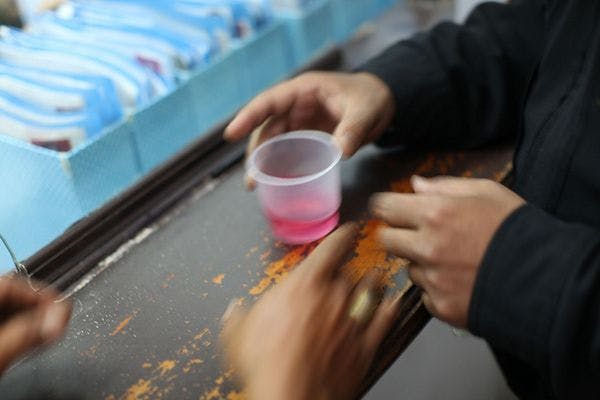New reviews show global extent of criminalisation among people who inject drugs
At the Lisbon Addictions Conference in October 2017, a team of researchers launched two ground- breaking new global reviews: one looking at the prevalence of injecting drug use and various sociodemographic factors, and the other estimating the global, regional and national coverage of harm reduction services. Both papers have been published in The Lancet and are currently available through open access, to ensure their widespread use and dissemination. They represent long overdue updates to the previous Lancet papers by the former UN Reference Group on HIV and Injecting Drug Use from 2008 and 2010.
After considering tens of thousands of articles, sources and datasets, the headline figures include:
- Evidence of injecting drug use found in 179 countries (31 more than in 2008)
- A new global estimate of 15.6 million people who use drugs (range: 10.2 – 23.7 million)
- An estimated 18% of people who use drugs are living with HIV – with prevalence as high as 25% in Eastern Europe, and 36% in Latin America
- More than 50% of people who use drugs globally are living with hepatitis C – and in Eastern Europe this affects two third of people who use drugs
- Needle and syringe programmes were available in 93 countries: but with low coverage in most cases
- Around 16% of people who inject drugs are receiving opioid substitution therapy
- 60% of people who inject drugs reported being arrested in the past
The numbers – and particularly the coverage data – are a stark reminder of the continuing funding gap for harm reduction services, despite their increasing acceptance around the world. Reassuringly, the research team found more and better quality data than before, but significant gaps remain (hence the large ranges provided for most of the estimates they have made). Most of the new reports of injecting drug use came from countries in Sub-Saharan Africa: 13 of which reported this behaviour in 2007, compared to 36 in 2017.
Crucially, the research also estimated the global rates of incarceration and arrest of people who inject drugs – identified as two of the main risk factors and “structural barriers” for this population. A staggering 60% of people who inject drugs reported being arrested in the past (equating to more than 9 million people), and just fewer reported being incarcerated. Arrest rates were higher than 90% in the Americas, and the incarceration rate was as high as 82% in the Caribbean and 81% in the Middle East and North Africa. These data show the negative impact that current drug laws are having on this population. As the authors note:
“roughly three in five [people who inject drugs] surveyed globally report exposure to incarceration, where high levels of risk often occur both in terms of drug use and other risks to wellbeing.Prisons often have limited or no health-care services, an issue of importance given that risk of drug withdrawal, suicide, and overdose following prolonged abstinence can all be elevated in that environment”.
They conclude that:
“Our data highlight the substantial exposure of [people who inject drugs] to risk environments, suggesting that efforts to reduce harms among [them] also need to address structural and environmental factors”.
Finally, the global estimates for injecting drug use are also notable for being significantly higher than the UNODC data from their World Drug Report 2017 (which reports an estimated 11.8 million people who inject drugs, and a HIV prevalence of 13.1%). While the new Lancet reviews employ a systematic analysis of the available scientific data, the cross-UN estimates are predominantly reliant on self-reporting from governments. This demonstrates the value and need for independent scientific analysis on these issues. It is worth noting that, while the previous 2008 and 2010 reviews were performed under the guise of a UN Reference Group on HIV and Injecting Drug Use, this Group was defunded by the UN soon after. Thankfully, these latest independent reviews were at least part-funded by the Open Society Foundations, the Global Fund, the World Health Organization, UNAIDS and UNODC – due in part to their collective participation in the UN Strategic Advisory Group on HIV and Drug Use (which IDPC currently chairs).
